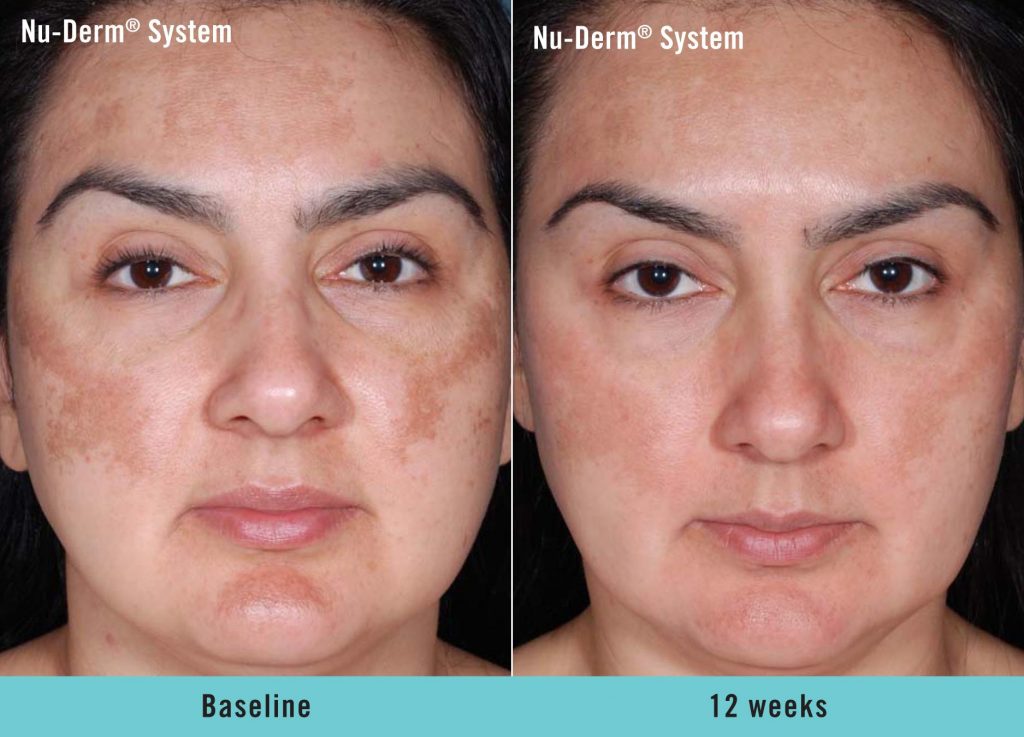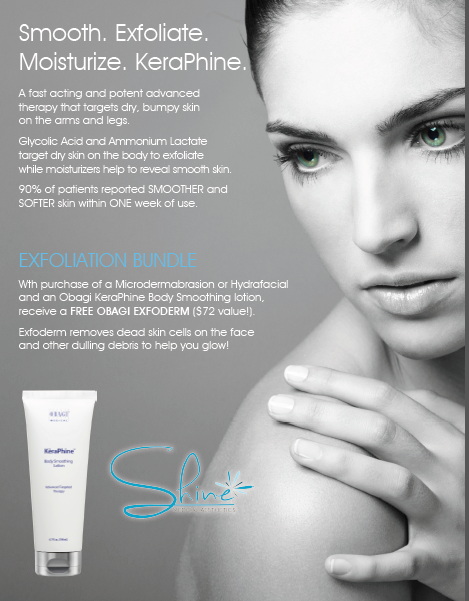
Our Pink Up Package is here!
It’s back…Pink Up with us the month of October!
Start your relaxing spa day with our number one facial the HydraFacial. This 3 step facial is truly one of a kind offering instant and long-lasting results that you can see and feel. First, we will uncover a new layer of skin with a gentle exfoliation and relaxing resurfacing treatment. Next, we will remove debris from pores with machine suction and nourish the skin with intense moisturizers that quench the skin. Lastly, we will saturate the skin’s surface with antioxidants and peptides to maximize you glow and increase collagen production. The HydraFacial is great for all skin types working on fine lines and wrinkles, skin texture, brown spots, enlarged pores, congested oily skin, firmness and more. Your spa day doesn’t end there! Next we will take you to the salon to receive your wash and blowout. Do you want a sleek, smooth and straight look or are you going for big curls with lots of volume? Choose your perfect style from our blowout menu. This package will have you weekend, event or holiday party ready! And the best part is, 10% of our Pink Up Package sales will be donated to the Pink Up Cape Foundation to help local women in need.



